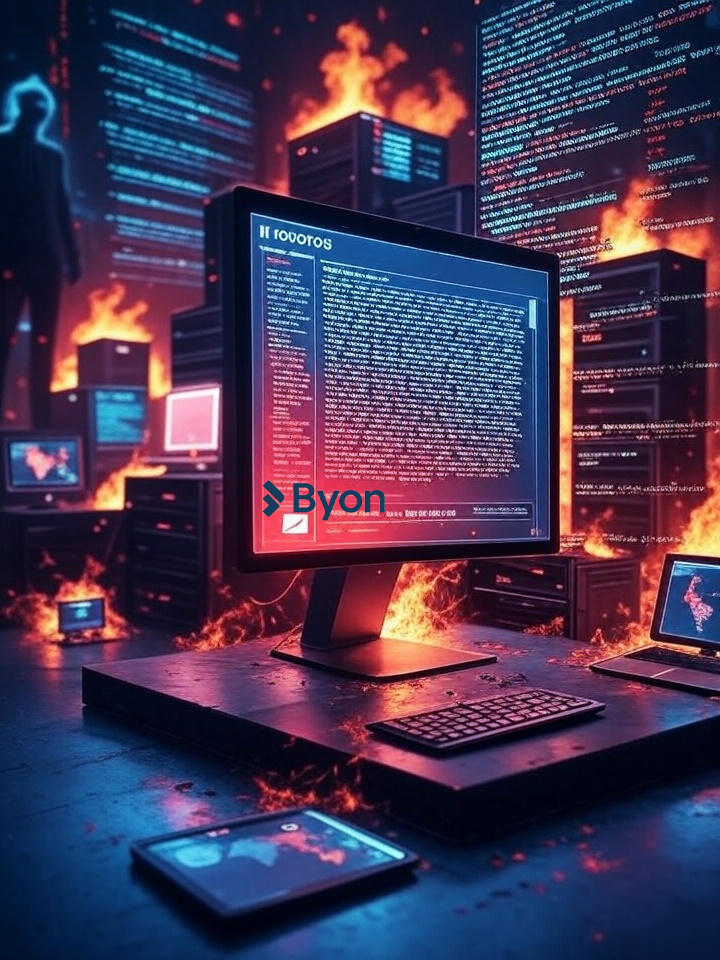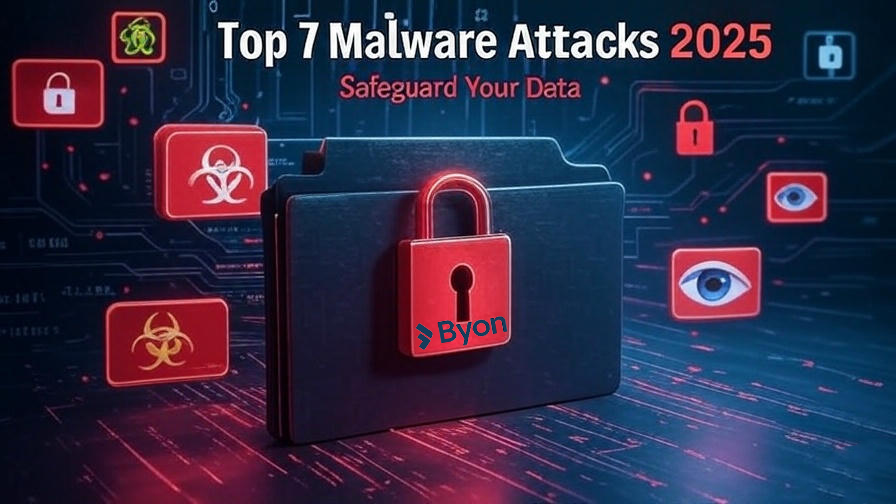Explore the top 7 malware attacks in 2025, from viruses to ransomware, and learn how to protect your data in educational settings with 9 practical tips. Stay safe now!
Introduction to Malware Attacks
As digital learning grows in 2025, malware attacks threaten students, educators, and academic institutions. Malware, or malicious software, includes harmful programs like viruses, ransomware, and spyware that infiltrate systems to steal data or disrupt operations. With schools relying on technology for classes, research, and administration, understanding malware attacks is vital for protecting sensitive information. This guide covers the top seven malware threats, their impact on education, and nine actionable steps to stay secure, ensuring uninterrupted learning.
What Are Malware Attacks?
Malware attacks use malicious software to exploit vulnerabilities in devices, networks, or user behavior. These attacks aim to steal data, damage systems, or disrupt services. In education, malware can compromise student records, research data, or learning platforms like Moodle, causing significant disruptions.
Why Are Malware Attacks a Concern?
Malware poses serious risks:
- Data Theft: Steals sensitive information like passwords or intellectual property.
- System Damage: Corrupts files or crashes devices, halting academic tasks.
- Financial Costs: Recovery efforts strain school budgets.
- Learning Disruptions: Disables online classes or exams, affecting students.
A 2024 report by Cybersecurity Ventures (dofollow) notes a 30% rise in cyberattacks on education, with malware leading the charge.
Top 7 Malware Attacks in 2025
Here are the seven most prevalent malware types threatening education in 2025:
1. Viruses
Viruses attach to legitimate files, spreading when activated. A student downloading an infected study guide could corrupt a school’s network, disrupting operations.
2. Ransomware
Ransomware encrypts files or locks systems, demanding payment. In 2024, universities faced ransomware attacks, halting academic processes, per ZDNet (nofollow).
3. Spyware
Spyware secretly tracks user activity, stealing credentials or personal data. It can compromise student accounts on platforms like Canvas.
4. Worms
Worms self-replicate across networks, causing slowdowns or crashes. They can overload educational servers, disrupting virtual classes.
5. Trojan Horses
Trojans pose as legitimate software but deliver malicious payloads. A fake educational app could steal student data.
6. Adware
Adware floods devices with ads, slowing performance or redirecting to malicious sites, reducing productivity.
7. Rootkits
Rootkits grant attackers remote control, often undetected, allowing data theft or system manipulation.

How Do Malware Attacks Occur?
Malware infiltrates systems through:
- Phishing Emails: Malicious links or attachments trick users into installing malware. Verify academic emails carefully.
- Infected Downloads: Untrusted sources, like pirated software, carry malware. Use official platforms.
- Software Vulnerabilities: Outdated systems are vulnerable. Regular updates are essential.
- Social Engineering: Attackers manipulate users into sharing data or downloading malware.
- Malicious Websites: Unsecured sites trigger drive-by downloads.
- Infected USB Drives: Sharing study materials via USB can spread malware.
Impact of Malware Attacks on Education
Malware attacks disrupt education by:
- Breaching Data: Exposing student records or research, compromising privacy.
- Halting Learning: Disabling platforms, delaying classes or exams.
- Increasing Costs: Requiring cybersecurity upgrades and repairs.
- Damaging Reputation: Eroding trust in institutions.
- Undermining Integrity: Altering grades or research data.
Kaspersky’s 2024 report (dofollow) highlights schools as prime targets due to valuable data and weak security.
9 Practical Tips to Protect Against Malware Attacks
Combat malware with these steps:
- Install Antivirus Software: Use trusted tools like Norton or Bitdefender, updated regularly.
- Update Systems: Enable automatic updates for operating systems and apps.
- Verify Emails and Downloads: Avoid suspicious links or files. Stick to trusted sources.
- Use Strong Passwords and 2FA: Secure accounts with complex passwords and two-factor authentication.
- Educate Users: Train students and staff on phishing and safe browsing.
- Backup Data: Save files to secure cloud services like Google Drive or external drives.
- Secure Networks: Use encrypted Wi-Fi and a VPN on public networks.
- Limit Software Installations: Download only from official app stores.
- Monitor Performance: Scan for malware if devices slow down or show unusual behavior.
Role of Educational Institutions
Institutions must act decisively:
- Invest in Cybersecurity: Deploy firewalls and endpoint protection.
- Conduct Audits: Regularly assess systems for vulnerabilities.
- Train Users: Offer cybersecurity workshops.
- Develop Response Plans: Create protocols for quick incident response.
- Partner with Experts: Collaborate with firms like CrowdStrike (nofollow) for advanced security.
Emerging Malware Trends in 2025
Malware evolves rapidly:
- AI-Powered Malware: Uses AI to evade detection.
- Mobile Malware: Targets smartphones used in education.
- Cloud-Based Attacks: Compromises shared cloud files.
Staying updated prepares you for these threats. Learn more about digital safety at xAI’s resources.
FAQs About Malware Attacks
What is the most dangerous malware in 2025?
Ransomware is particularly dangerous, locking critical educational data and demanding payment. Regular backups and updates can mitigate risks.
How can students avoid malware?
Students should avoid unverified downloads, use antivirus software, and enable 2FA on accounts.
Why are schools targeted by malware?
Schools store valuable data (student records, research) and often have outdated security, making them easy targets.
How often should I update my antivirus?
Update antivirus software weekly or enable automatic updates for real-time protection.
Conclusion
In 2025, the top seven malware attacks—viruses, ransomware, spyware, and more—threaten educational institutions by stealing data and disrupting learning. By adopting the nine practical tips outlined, students, educators, and schools can safeguard sensitive information and ensure seamless education. Stay proactive with antivirus software, updates, and cybersecurity awareness.
Call to Action
Secure your digital world now! Install antivirus software, back up data, and share this guide with peers. Visit xAI’s digital safety resources for more tips.



